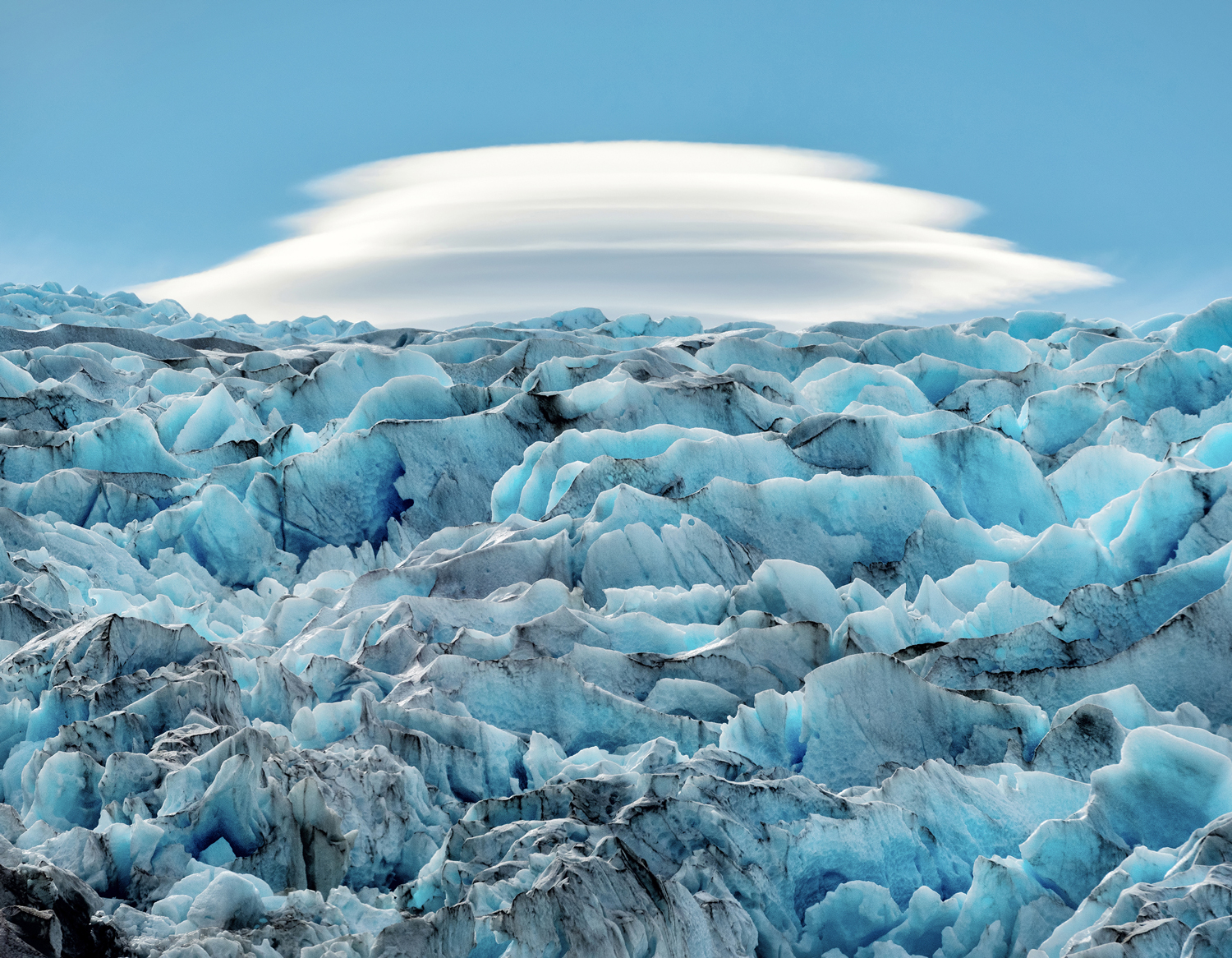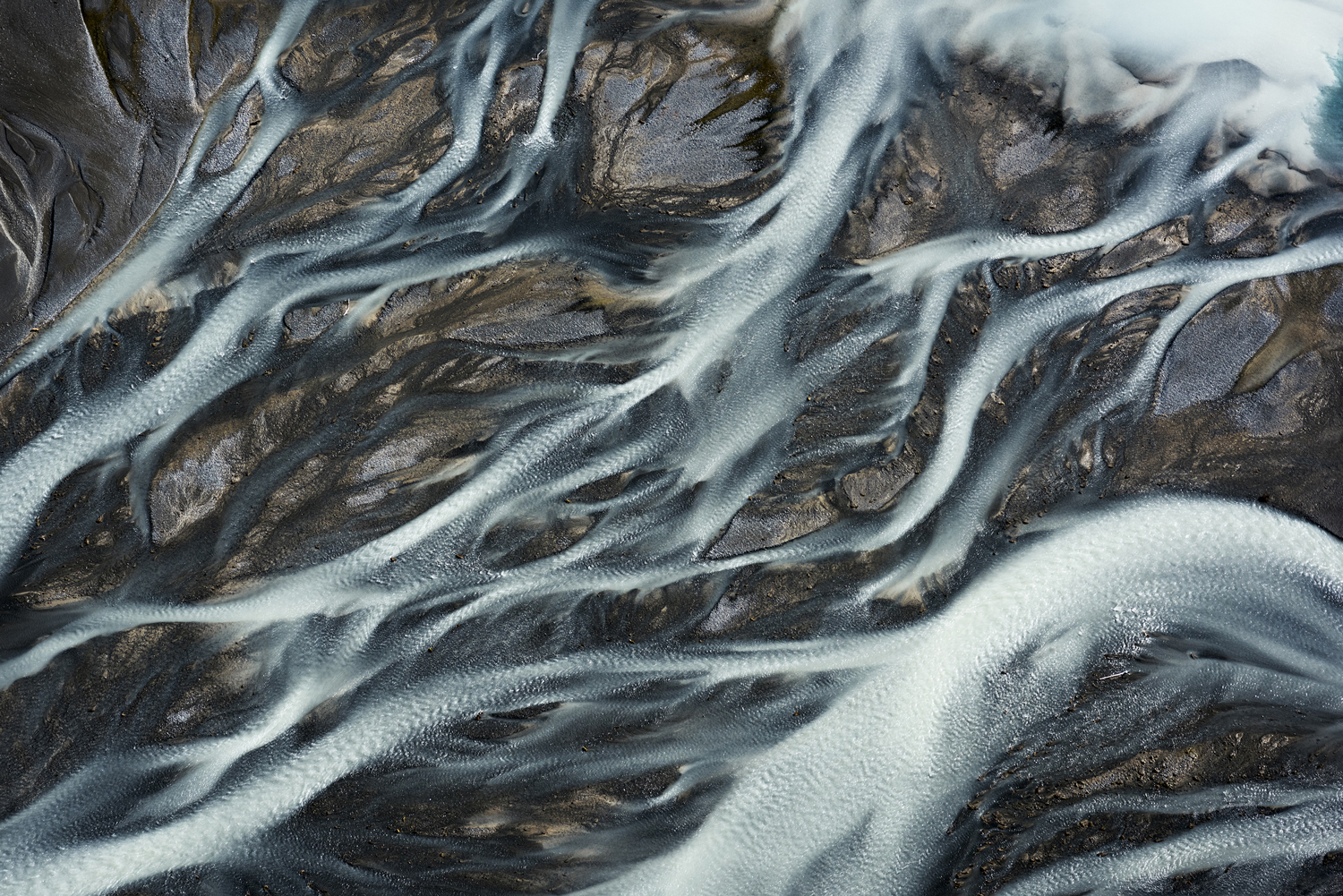Mieke Boynton is the landscape photographer from Broome, Western Australia. She
travels regularly, both within Australia and overseas, to capture the wonder and
beauty of nature's landscapes. She favours the epic landscapes of Kimberley region
where she lives since 2008. Her goal is to convey a little of the awe that she feels for
the vast, timeless beauty of her local area.
In 2014, she was one of 26
photographers worldwide invited by the Indonesian Government to experience
‘International Photography Week’ at various locations around the country. She is a
multiple gold, silver and bronze winner in FIAP, PSA, GPU, FPC, NFF, WAPF and
many other international competitions. Mieke has won and been nominated for
countless awards and accolades over the last four years, but rates her latest
nomination, as one of 25 finalists in The Kennedy Prize Art Award, as one of her
most significant.
www.miekeboynton.com
http://www.facebook.com/MiekeBoyntonPhotography
http://www.instagram.com/MiekeBoyntonPhotography
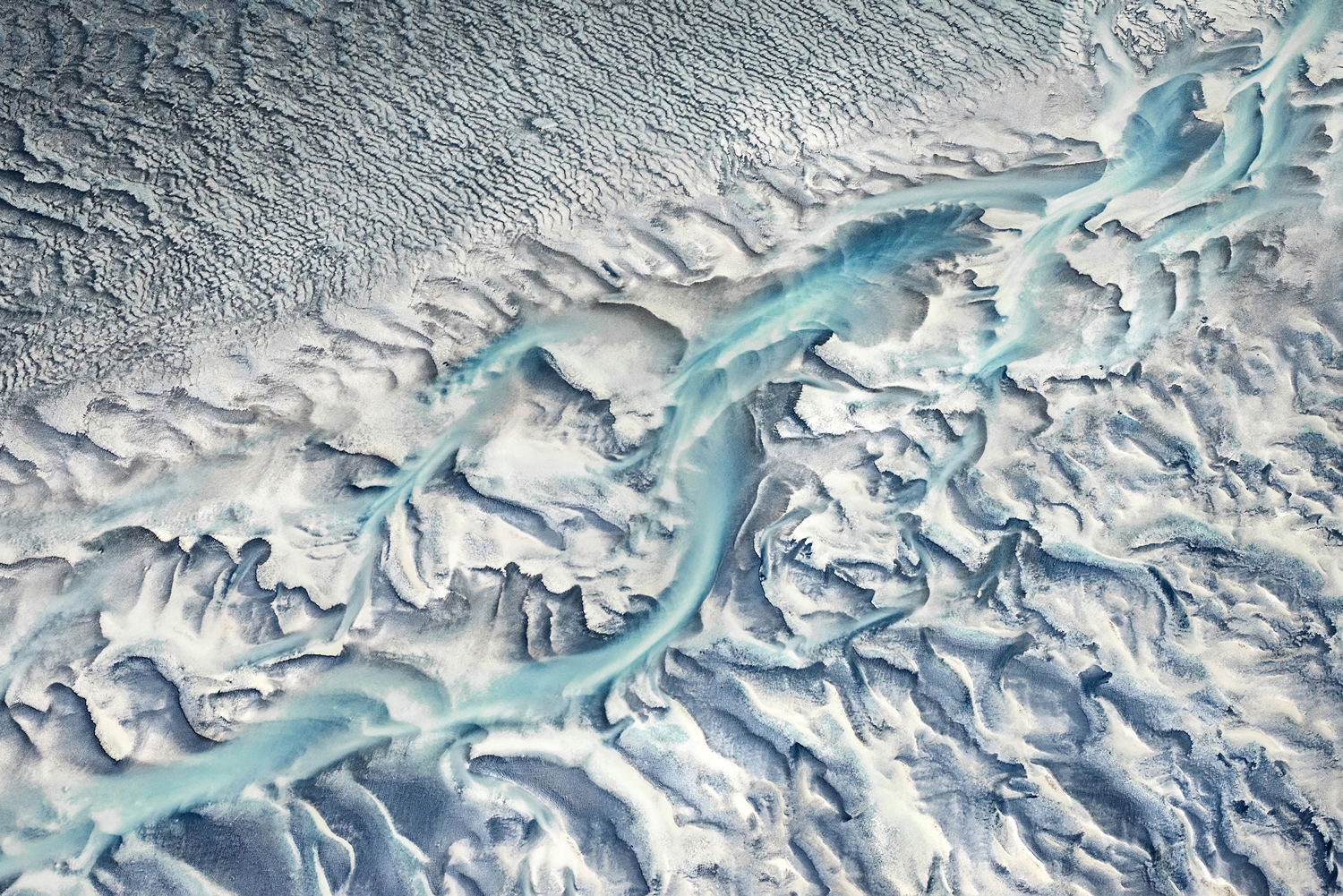
1. What was your path to become a photographer?
I studied Art (theory, painting, drawing, print-making etc) right through school and university, but I was never really good enough to make a career out of it. Instead, I chose Literature/creative writing, and then teaching. In 2008, I moved to the Kimberley – a remote part of North-West Australia – and started teaching Aboriginal children. I never expected the beauty I found there. I fell in love with the land. The colours were so vivid – greens, reds, blues – and the sunsets and sunrises were fluorescent; and I knew no one would believe me if I just painted them. So I took up photography. I got completely hooked, both on photography, and on learning more about this vast, ancient, spiritual landscape. Almost ten years later, I’m still in awe of this incredible part of the world, and I’m grateful because it has given me a gift that I’ll have for the rest of my life: a love of landscape photography.
2. Do you prefer to photograph close to home or do you find faraway places more inspiring? Are there any special places that inspire you the most to create new work?
Photography isn’t my job. I have a non-photographic job that pays the bills and it has nothing to do with photography. I enjoy it, but it can be quite stressful, so when I’m at home, it’s difficult to find the mental space to photograph the landscape well. The Kimberley is one of the most beautiful places in the world in my opinion, but it’s vast and rugged and not easy to photograph. You need time, and you need patience. When I go on trips (Patagonia, Namibia, Norway…), it’s an opportunity to forget all about work and simply live in the moment and immerse myself in the landscape and in the photography. It doesn’t surprise me that many of my best photos were taken overseas, simply because I have been in the right mental space to “feel” the land and to respond to Nature. It’s so much easier when you don’t have to go to work the next day!
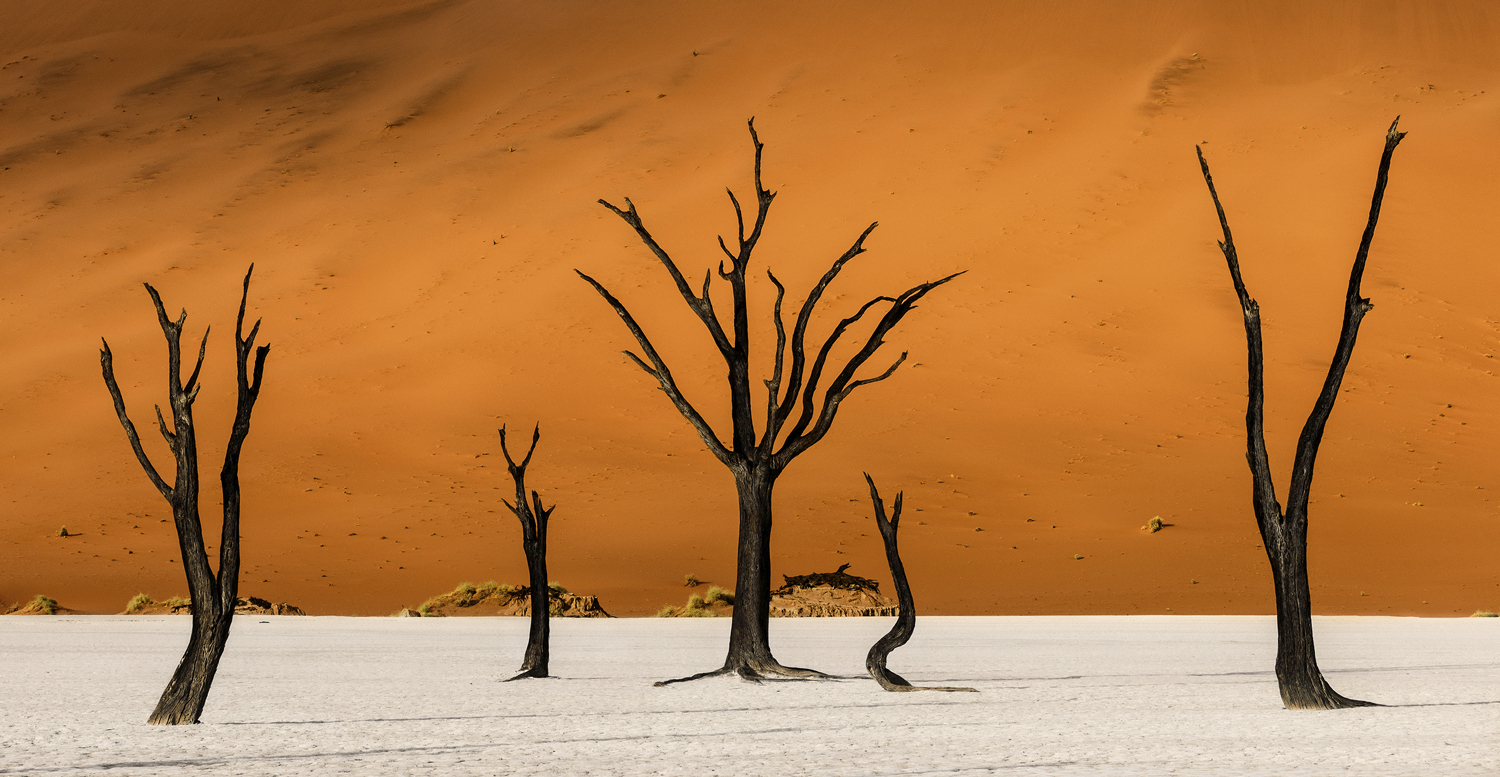
3. Are you a meticulous pre-planer or do you prefer creating images spontaneously? Do you revisit your favourite places many times to achieve the required result? Can you tell us more about your method of working?
Well, there’s always some planning that’s required! For example, there are many places that light up at sunset but are in shadow at sunrise (or vice versa), and you definitely need to know how long it’s going to take you to get to the place you want to photograph – but after the basic planning, it’s all about “listening” to the landscape. I don’t go with an idea in my head of “the shot”. I do my research, but then I go with an open mind, ready to be taken by the hand by Nature and shown something I couldn’t imagine. It’s like a dance. It’s 50/50. You need to have your eyes and ears and senses all open wide – “listening” with all of them so you don’t miss anything. It’s the best feeling when you’re completely in the moment like that, and I think if I had a specific picture in my head, I would completely miss out on that. It’s also one of the reasons why I shoot alone. You simply can’t get into that zone if you’re distracted, wondering whether you’re in someone else’s shot.
4. Terra Quantum displays themes and series portfolios; do you like working to the project/series/theme or find creating individual images more rewarding?
I definitely have common themes in my work (lone trees; abstract aerials; simple, uncluttered compositions), but at the moment, I’m not at liberty to select a theme and then go out and shoot it. I simply don’t have time to work on projects. If I ever have the opportunity to make photography my full-time career, I will definitely do more photographic series. But for now, it’s mostly about taking individual images to show the magic that happened at a particular place/time.
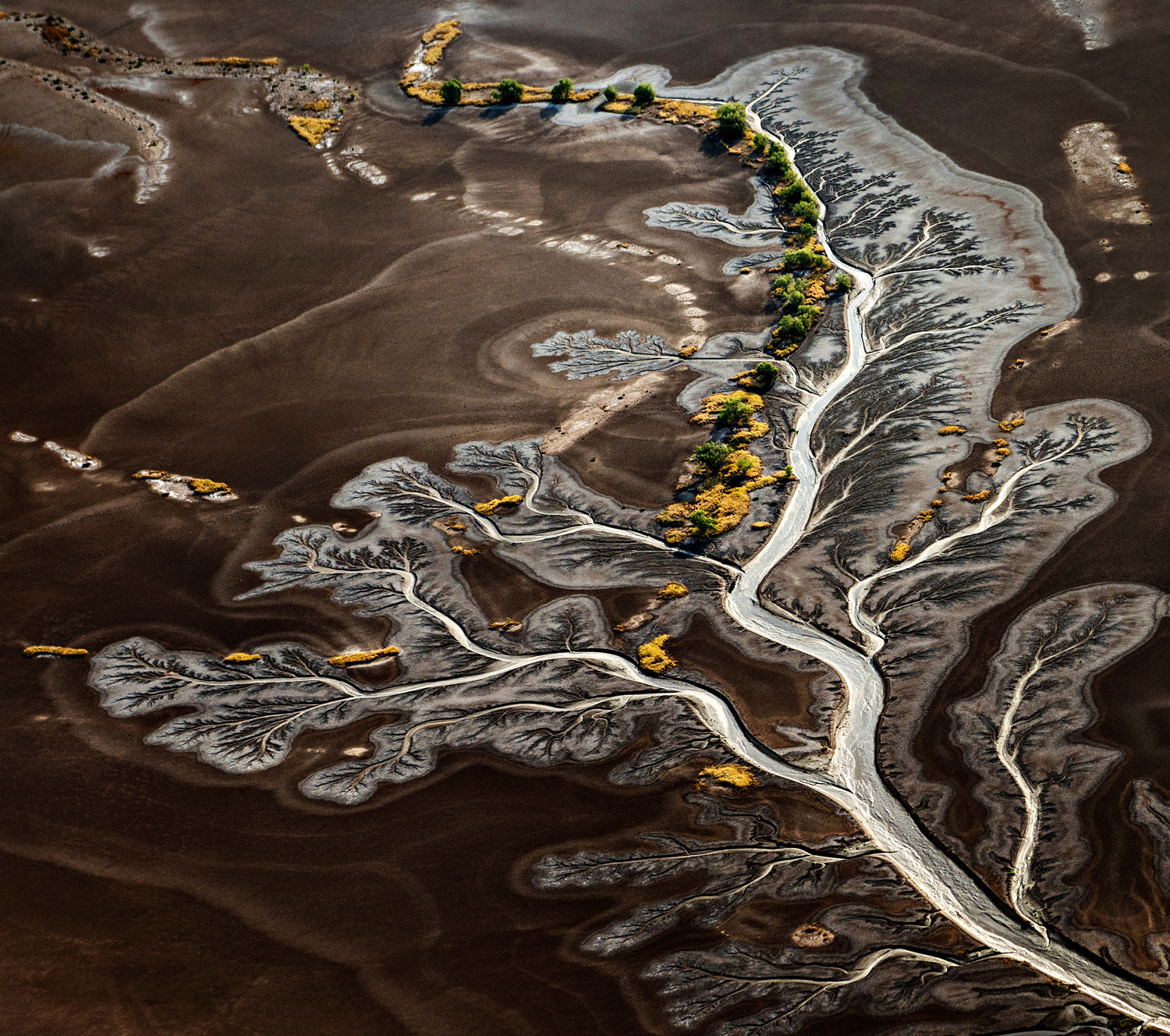
5. Can you tell us a bit more about one chosen photograph – what is the story behind it, when/why/how it was created?
There’s this ingrained perception that in landscape photography, you have to work hard (physically) to get great shots… and to be fair: for the most part, that’s true. Most great landscape shots require long days, long hikes, sub-zero temperatures or sweltering heat, dangerous animals or maddening insects, dehydration or hunger, sore body parts from carrying a ridiculous amount of camera gear, and general discomfort of all sorts. I think we’re all pretty proud that we have the grit and determination to overcome all that and create beautiful Art. But the reason that I love this photo (“Aurora”) is because it was the opposite. It reminded me that magical moments happen completely irrespective of your efforts to capture them. I was staying with friends in Norway, and it was a dark, peaceful, moonlit night, and we were sitting on their back porch (on a reindeer pelt), discussing the merits of landscape vs studio work, drinking excellent red wine and taking long exposures while a full moon lit up the snow-capped mountains and we watched Lady Aurora ripple lazily across the night sky. It was awesome, in the true sense of the word. Utterly unforgettable.
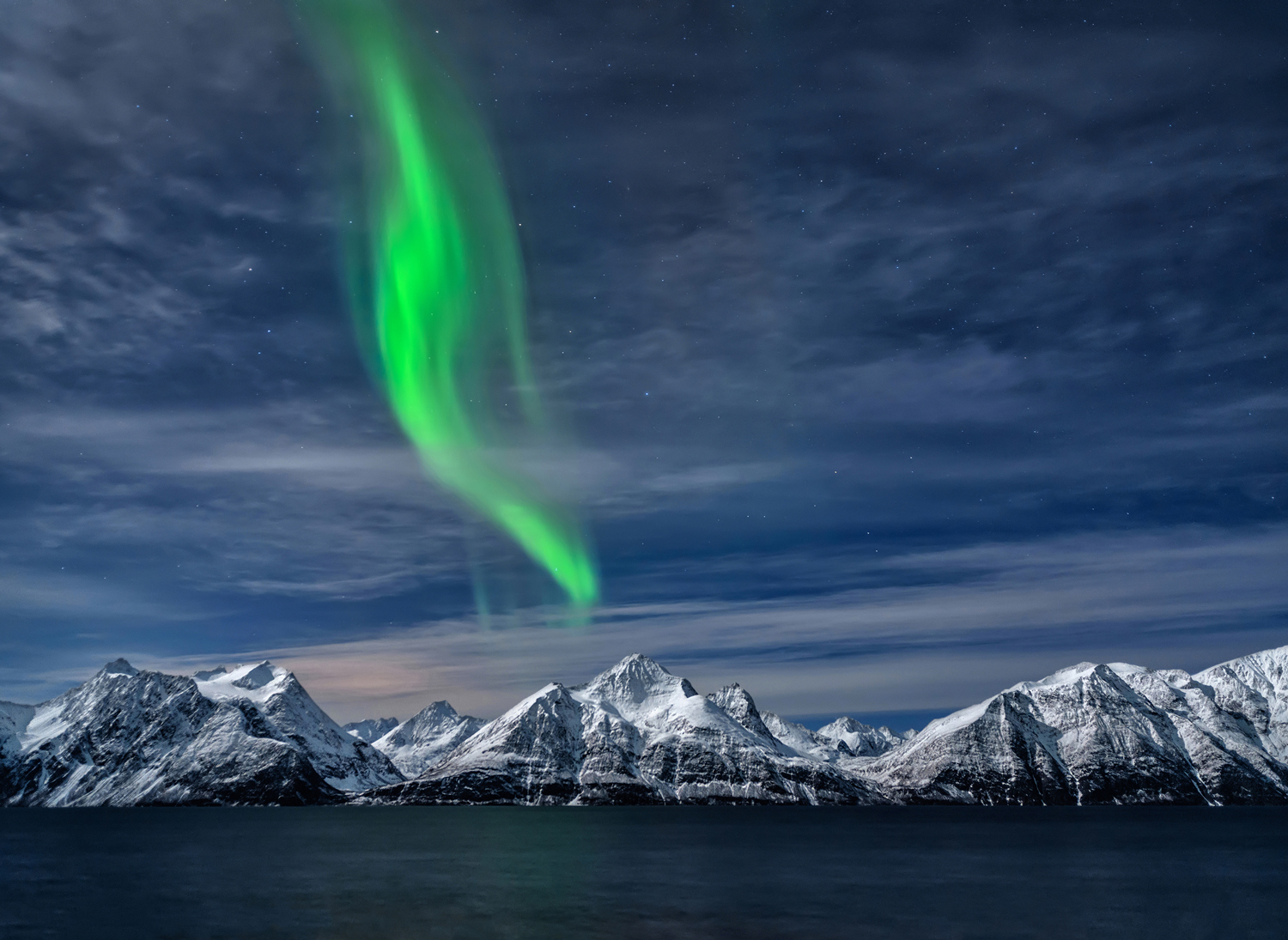
6. Colour, b&w or both? How do you decide about the elimination or inclusion of colour and why. When do you decide about it - in the field or during the post processing?
I love B&W, but for me it’s a secondary option. We almost never have mist, or fog, or gentle light here, so those atmospheric elements that work so well in B&W are simply not an option for me. Also, I primarily photograph sunrises and sunsets, so it’s often the colour that grabs me. And even in my aerials, it’s the colour that makes them really stand out. But if for some reason, the colour isn’t happening, I will look at the landscape differently, and focus on the textures and tones, and compose for B&W instead, knowing that I will convert to B&W in post processing.
7. Do you find printing your images yourself as an integral part of image creation or do you use professional labs? How important is the choice of paper for you?
I have my work available online, and a company takes care of all my canvas / acrylic / aluminium prints for me. In terms of photographic prints on paper, I mainly do my own, but it has been a lot of trial and error, and there is so much more I would like to learn. The science behind colour profiling, calibration, and the way ink reacts with different paper types will take years to learn… and I simply don’t have that time at the moment. But it’s something I look forward to learning more about!
8. Do you think that social media is killing photography or playing an important role in promoting your work? How involved are you in your online presence?
Well, I think that the internet has made it possible to live in a remote place, and still get your work seen, so in that sense, social media has been a wonderful thing for landscape photographers who rarely get to a city. But the flip side of it is that there are so many photographers who just want to get the shot they’ve already seen via social media, and they’ll absolutely trash a place to get it. That makes me sad. I never GPS my locations, and I always ask permission from Traditional Owners if I go off into areas that aren’t tourist areas. There are lots of photographers who really don’t have respect for the land or the people, and that makes me sad.
9. Do you have any plans for exhibitions, books or any interesting projects coming? Can you tell us a bit more about your artistic plans for the next couple of years?
I’ve just finished a self-published book (“Colours of the Kimberley”) as a small print-run, with my best Kimberley photos from the past 10 years. I also have a local exhibition coming up in 3 weeks (“Outgoing Tides”), and I am slowly extricating myself from my full-time job to free myself up so I can say “yes” to projects instead of “no”. It’s an exciting prospect, and I’m looking forward to where it will take me!
10. We are living on the most beautiful planet, yet it is over-burdened and over-polluted. As photography is an influential medium, do you use the power of your photographs to promote our Earth appreciation and environmental awareness? Any thoughts how photographers in general can become more involved in this important matter?
I’m not an activist. I admire people who are, but it’s just not how I’m “built”. I like to think that a subtle approach can be more influential in the long run (the dripping water approach), but there are times when I see the extent of the damage we’ve caused and I despair, wondering whether it’s even possible for us to halt (let alone reverse) the negative impact we’ve had. I will happily get involved in a cause that I believe in, but there are always (at least) two sides to every story, and I always like to know the full story before I get involved! I think the key is to find balance, and encourage companies who are being responsible and have established sustainable practices.
For example, I used to think that all mining was bad, but then I met someone who challenged me and pointed out that all my camera and computer gear is made up of elements that come out of the ground. Without mining, there would be no photography. So then it became a matter of getting involved with a company that was doing the right thing, both in terms of consulting with Traditional Owners and respecting cultural heritage, and in terms of strong planning for the reclamation/remediation of the mine site at the end of its closure. I think it’s a realistic expectation that if we all influence our own little circle of people, and lead by example, we’ll make the whole world more environmentally aware.
